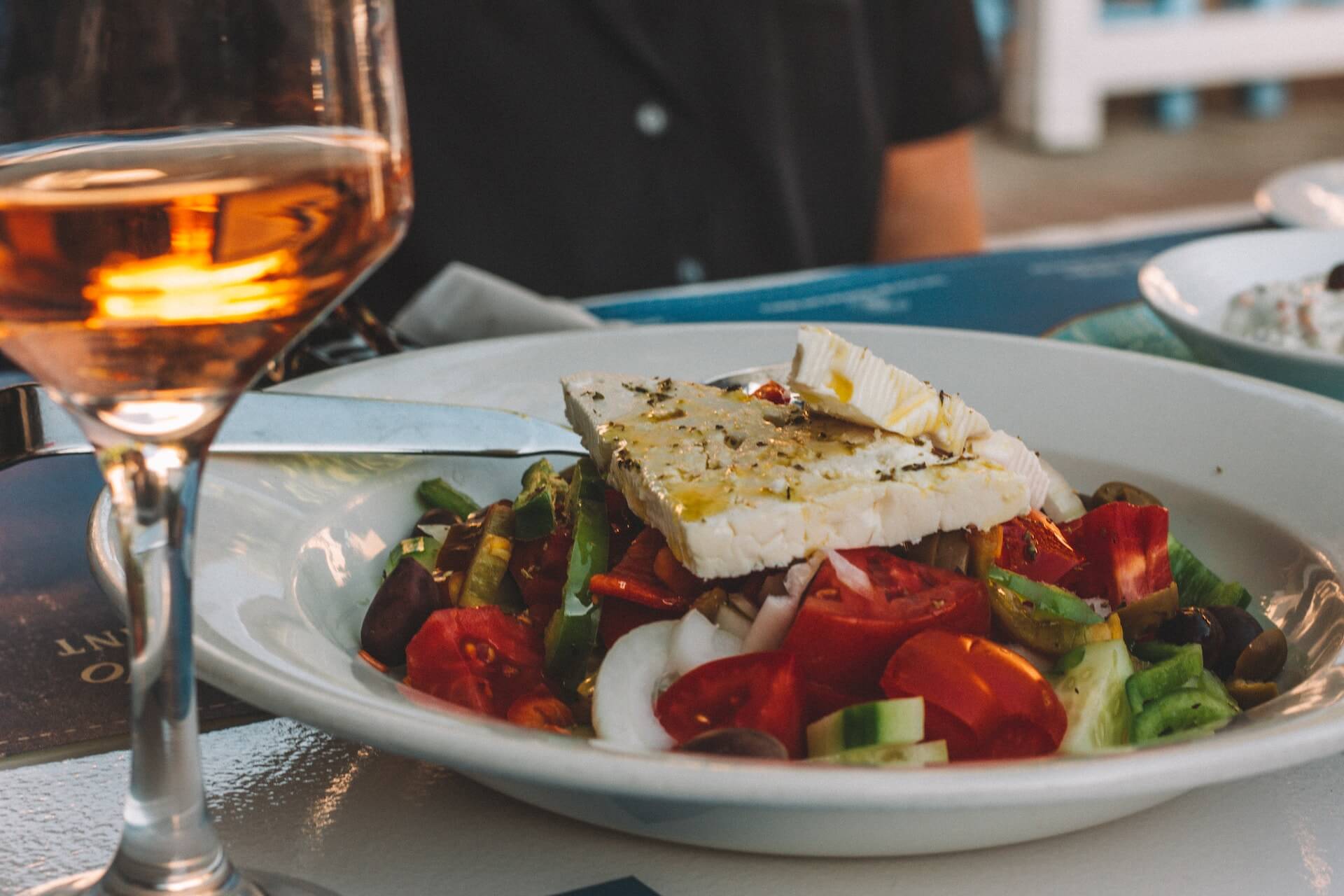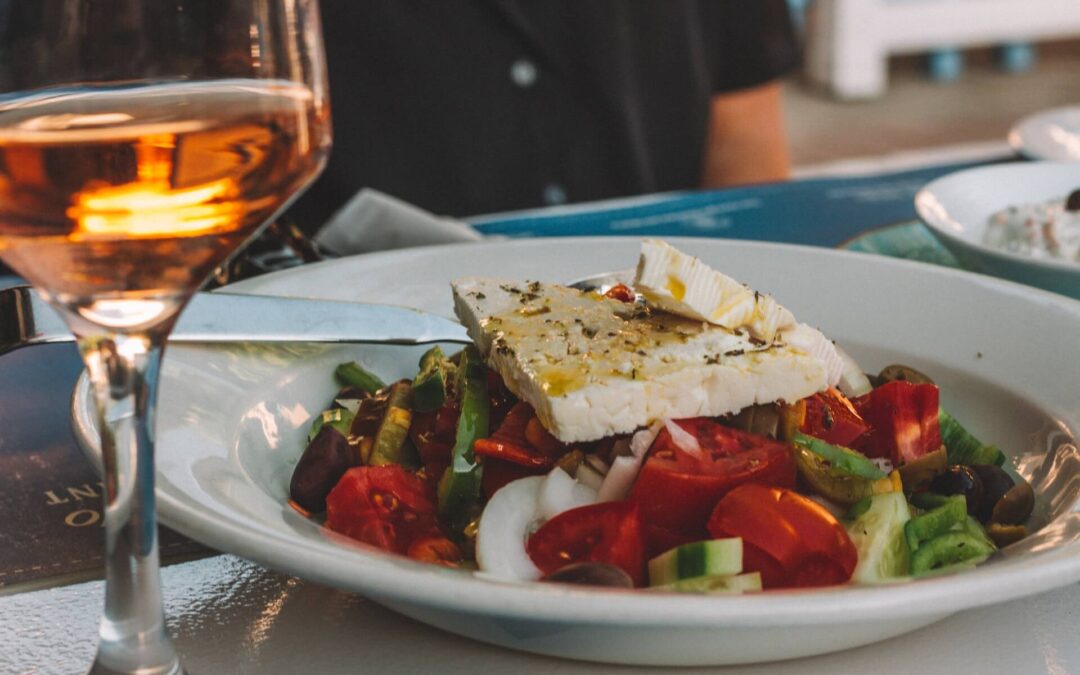When it comes to culinary delights, Greece’s cuisine is a symphony of flavors that has been evolving for centuries. From the iconic moussaka and souvlaki to the hidden gems of regional specialties, Greek food is a journey that offers insight into the country’s history, culture, and way of life. In this blog, we embark on a gastronomic adventure through the world of Greek cuisine, uncovering traditional dishes, sharing recipes, offering cooking tips, and delving into the cultural significance of food in Greece.
A Taste of Tradition: Iconic Greek Dishes
Moussaka: Layers of Flavor and History
Moussaka, a layered dish of eggplant, minced meat, and béchamel sauce, is a cornerstone of Greek cuisine. Each bite tells a story, reflecting the influences of Ottoman, Mediterranean, and Middle Eastern flavors. Its preparation requires patience and attention to detail, but the result is a rich and hearty dish that is a staple in Greek households.

A Classic Greek Salad
Souvlaki: Grilled Delight on a Stick
Souvlaki, skewered and grilled meat served in pita bread, is an emblem of Greek street food. Often accompanied by tomatoes, onions, and a dollop of tangy tzatziki sauce, souvlaki captures the essence of Greek simplicity and freshness.
Dolmades: Nature’s Edible Parcels
Dolmades, grape leaves stuffed with a flavorful mixture of rice, herbs, and sometimes meat, showcase the art of wrapping food in nature’s own packaging. These little parcels are a testament to the resourcefulness of Greek cooks and are often served as appetizers or meze.
Regional Treasures: Unveiling Hidden Gems
Pastitsio: Comfort Food from the South
Pastitsio, often referred to as Greek lasagna, is a comfort food hailing from the southern Peloponnese region. Layers of pasta, ground meat, and béchamel sauce create a symphony of textures and flavors that vary across households.
Fava: Santorini’s Yellow Jewel
Santorini’s fava, made from yellow split peas, is a creamy delight that showcases the island’s unique ingredients. Drizzled with olive oil and served with onions and capers, this dish is a nod to the island’s volcanic soil and traditional farming practices.
Gemista: Stuffed Goodness from the Garden
Gemista, stuffed vegetables usually filled with a mixture of rice, herbs, and sometimes meat, shine a spotlight on Greece’s bountiful produce. The dish varies based on the season and region, offering a glimpse into the diversity of Greek cuisine.
Cultural Insights: Beyond the Plate
Greek cuisine is more than just a collection of recipes; it’s a reflection of Greek culture, history, and social bonds. Sharing food is a cornerstone of Greek hospitality, with meals often stretching for hours as families and friends engage in heartfelt conversations.
The Mediterranean diet, of which Greek cuisine is a key component, is not just about what’s on the plate; it’s a way of life that celebrates fresh ingredients, simple preparation methods, and a sense of community.
Exploring Greek cuisine is like embarking on a journey through time and culture, with each dish telling a story that spans generations. From the cherished traditions of moussaka and souvlaki to the lesser-known regional gems that grace Greek tables, this cuisine is a testament to the country’s rich history and vibrant way of life. As you savor the flavors and embrace the cultural significance of Greek food, you’ll find yourself immersed in a world where every bite is a celebration of life itself. So roll up your sleeves, fire up the stove, and let the culinary odyssey begin. Kali orexi! (Bon appétit!)

Photo by Loes Klinker on Unsplash
More Reads

















